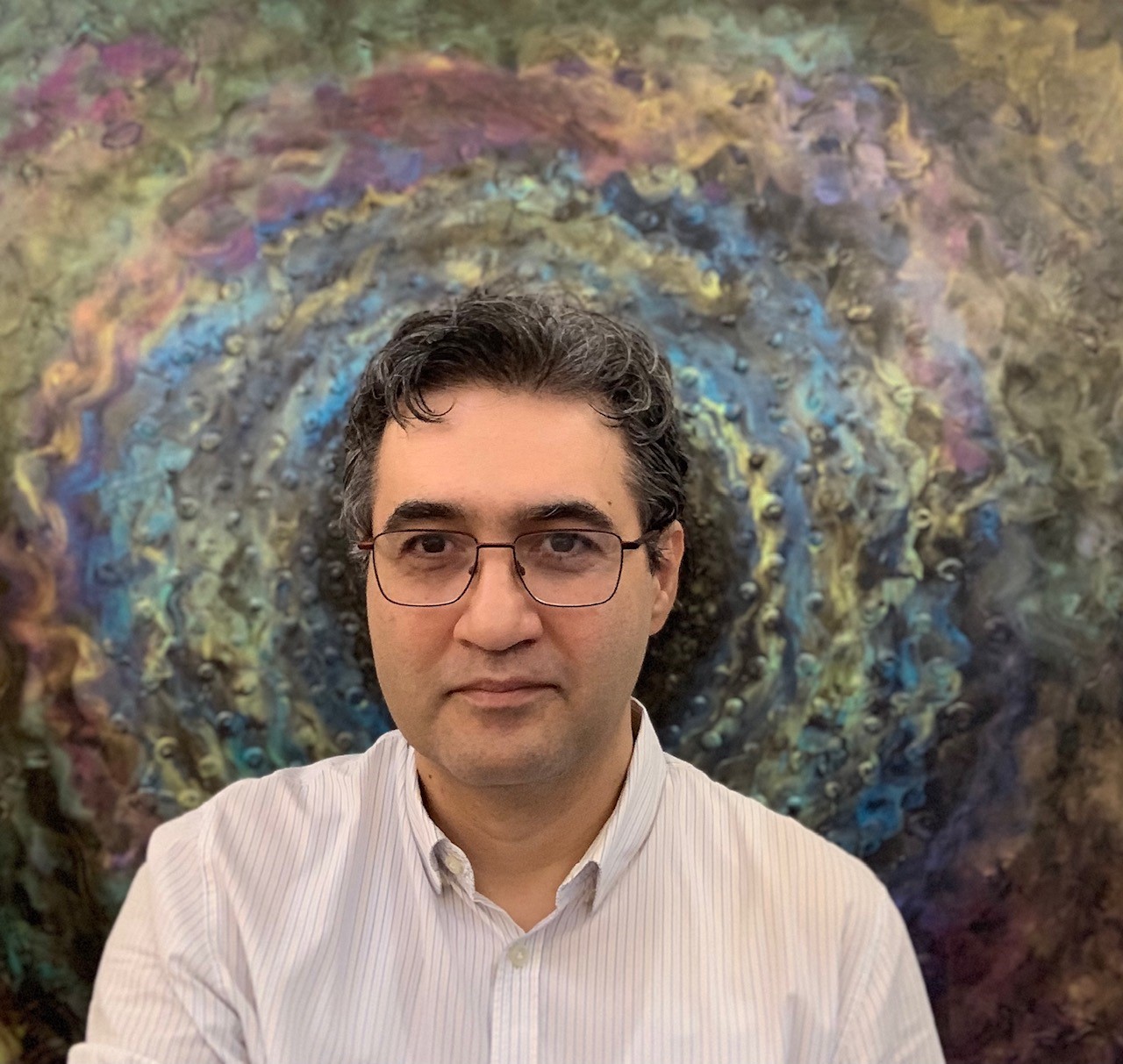PART I – Since your love became my calling
Islam had taken over. The revolutionaries broke the prison gates and released the political prisoners while thousands of convicted criminals seized this opportunity to flee. Khomeini appointed Mehdi Bazargan, a religious liberal nationalist, as provisional prime minister while a new constitution was being written. Then, in the blink of an eye, he founded the ‘Committees’—a parallel police force controlled by the revolutionaries who did not trust the official police—and the Revolutionary Court which was made responsible for trying the officials of the Shah’s regime or the ‘traitors to the nation’ as they were called.
Then the arrests began. Former ministers and prime ministers, generals, heads and agents of SAVAK—Sazeman-e Ettela’at va Amniyat-e Keshvar, the National Intelligence and Security Organization—and other officials who had not managed to flee the country in time were arrested within a few days and taken to the Revolutionary Court. The trials were fast and ruthless. Almost all the detained officials were accused of being ‘corruptors on earth’, the ultimate accusation in Islam and one that demanded the death penalty, a fate that befell most of the new political prisoners.
People lingered over every photograph showing the bullet riddled bodies of the ‘traitors’ lying in the morgue. No one appeared to be critical of these arbitrary executions; everyone was convinced that they had been served their due. I certainly agreed: these were the people responsible for Azadeh’s death. We children cut out pictures of the executed pro-Shah traitors and collected them without comprehending the meaning of execution. We were taught to celebrate these deaths: the disciples of Lucifer slain by the Angel of Justice. We had no idea that this dreadful death would soon come knocking at our own doors.
No one knew exactly what was meant by an Islamic Republic but more than 98 per cent of the people voted for it on 1 April 1979, in the so-called Spring of Freedom, merely because Imam Khomeini had said, in reply to discussions on the nature of the future regime, ‘I say Islamic Republic: not a word more, not a word less.’
This wasn’t the only concept invented by the new leader; he also came up with the Velayat-e Faqih (Rule of the Islamic Jurisprudent; a faqih is an Islamic jurist). No one knew what this meant either but the people voted for it all the same when they opted for a constitution based on this concept. By the time they understood what it really meant—that an Islamic government should be ruled by a Shiite faqih acting as a vicar for the Hidden Imam during his Occultation—it was too late. This faqih, whose power is said to come directly from God and whom the people may only identify or recognize rather than elect, is the omnipotent ruler of the country. The Vali-e Faqih or Supreme Leader is identified by a council of faqihs whose members are elected by the people. However, the candidates have to be first approved by the Guardian Council, another council of faqihs whose members are, unsurprisingly, chosen by none other than the Leader himself. This closed circuit offers no options for disqualifying the Supreme Leader. He—it could never be a she—has the authority to make legal decisions within the confines of Islamic law. He also has absolute control over every political, judicial, legislative, economic, social and cultural decision in the country. He has the power to suspend the Constitution and some of the Islamic Laws (Sharia) if he sees fit. The Supreme Leader is endowed with the same authority that the Hidden Imam would have after emerging from his centuries of Occultation.
People were so intoxicated with joy at the abolition of the monarchy and the fall of the Shah, and so hypnotized by the charisma of Khomeini, that they did not realize what they were doing: they were replacing a constitutional monarchy (with limited power) by an absolute monarchy. They were giving their ruler free reign over their lives, they who had fought so hard to win their freedom.


